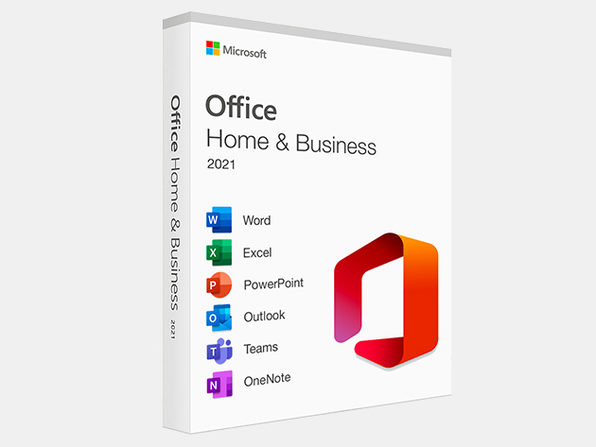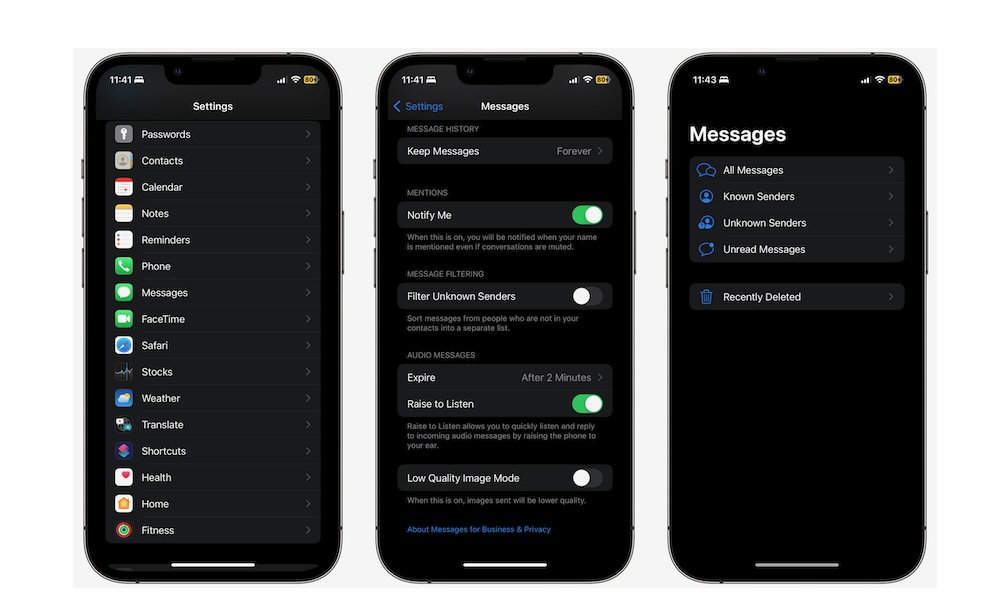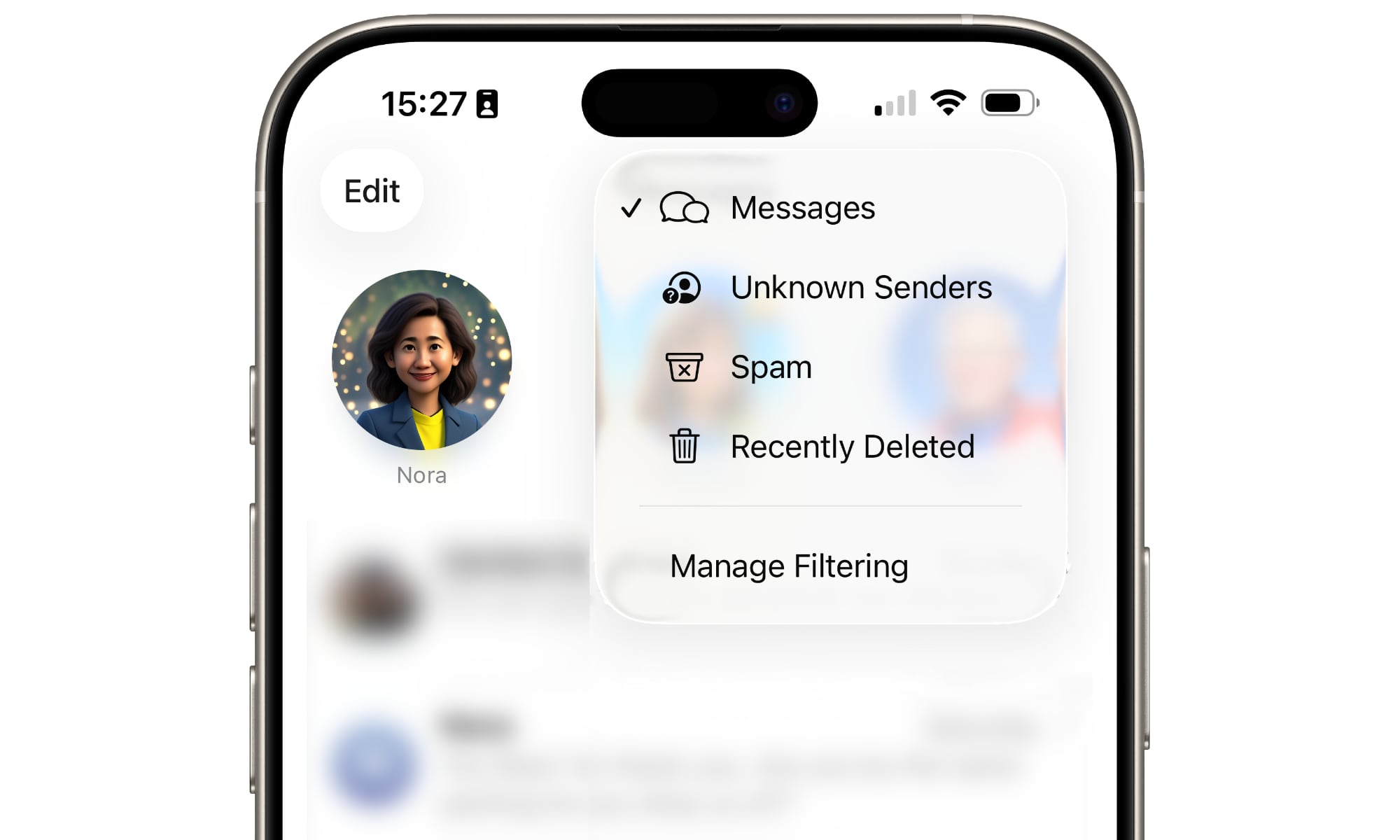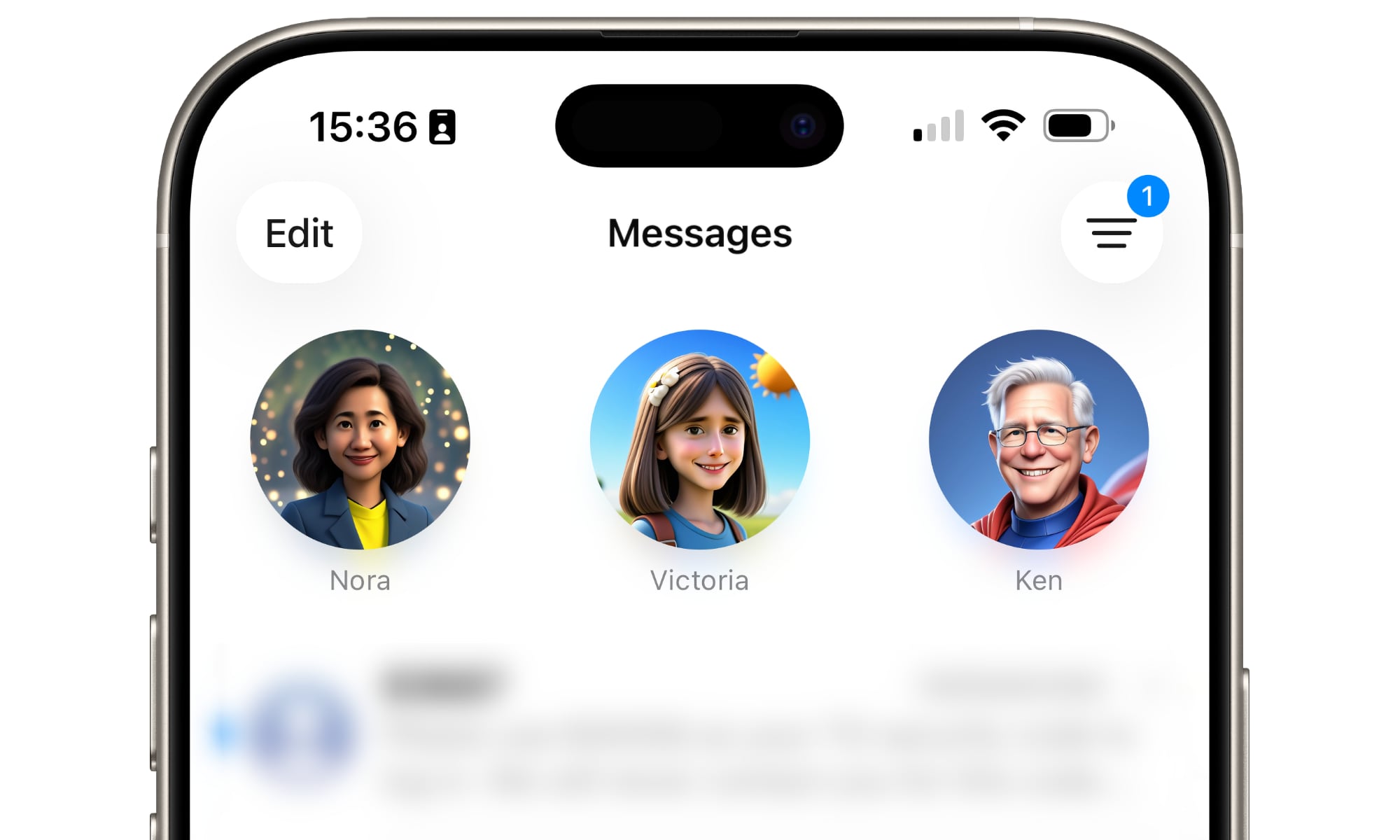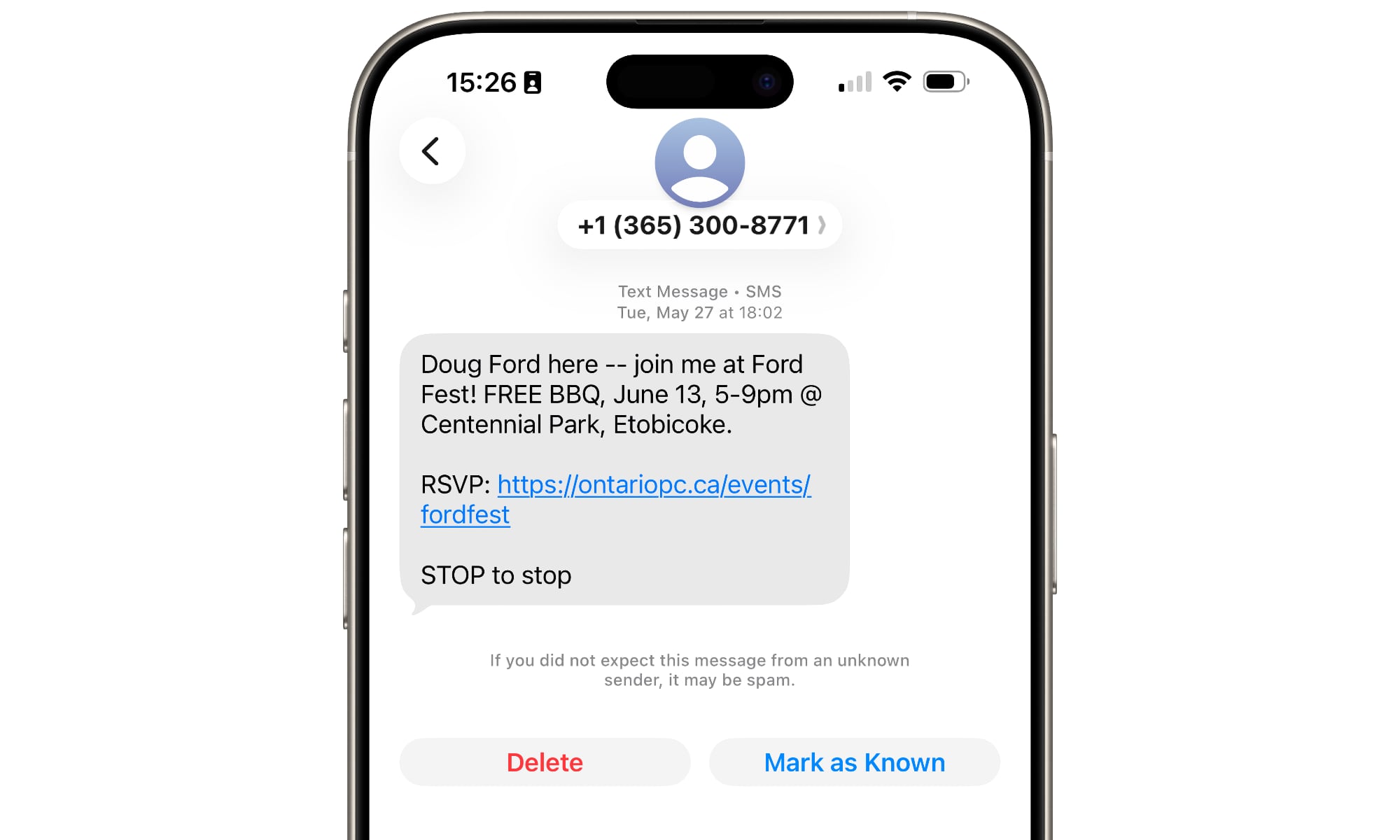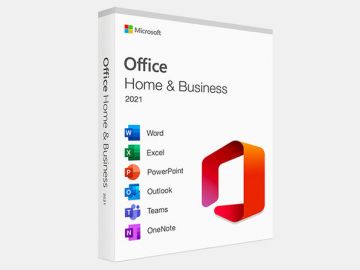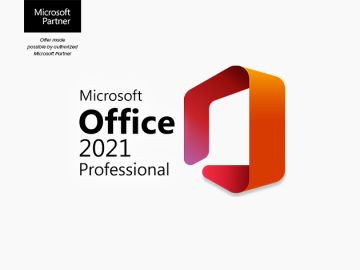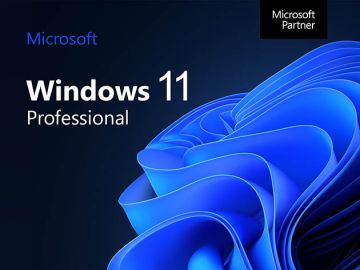GOP Claims iOS 26 Will Cost It $500M in Fundraising
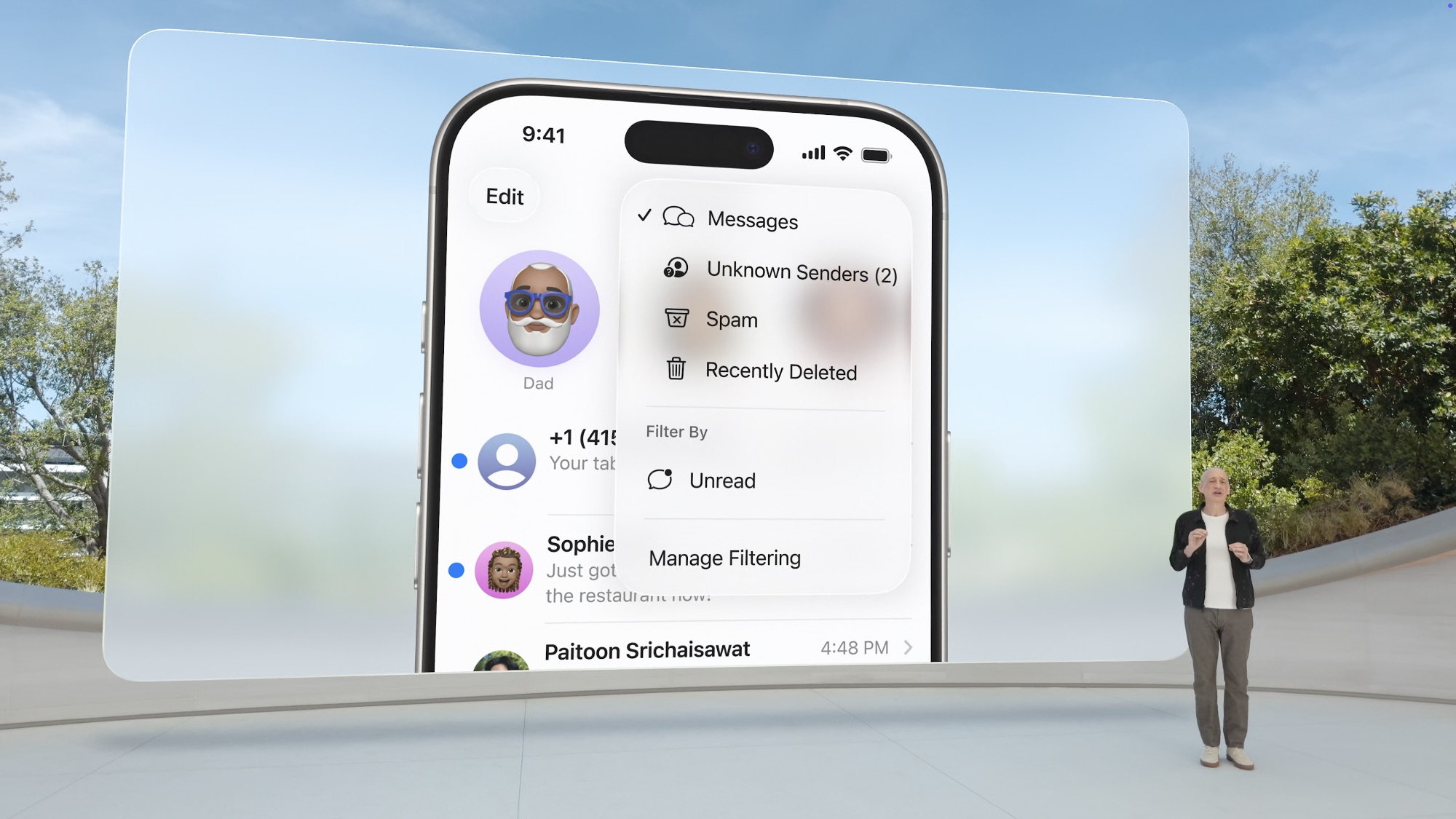
Toggle Dark Mode
As the Trump administration continues to push Apple to bring iPhone manufacturing to the US, it seems that other elements of the Republican party are taking umbrage with something else that’s going on in the halls of Cupertino.
A new report by Punchbowl News (via Political Wire) reveals that GOP fundraisers are alarmed that the message filtering in iOS 26 will significantly impact their revenue streams.
“This is sparking panic in parts of the Republican fundraising world,” the report notes, sharing a memorandum from the National Republican Senatorial Committee (NSRC) that states that the Senate campaign arm alone fears a revenue hit of over $25 million if Apple goes through with its changes to message filtering in iOS 26.
The concern is that messages sent to potential campaign donors will end up hidden away out of sight, leaving them ignored:
Today, a voter with an iPhone gets our message just like a normal text. In iOS 26, unless that person has already replied, our message is silently sent to the “Unknown” inbox. No ping, no badge, just buried in an inbox few people ever check.
NSRC memorandum
Of course, most of us see this as a good thing, which is precisely why Apple is doing it. However, the GOP disagrees, insisting that Apple is disrespecting the standards that carriers use to allow political messages to pass through their anti-spam filters.
We’ve spent years complying with rigorous standards-providing full documentation, opt-in proof, and message samples via Campaign Verify and The Campaign Registry-yet Apple ignores that. Carriers respect it. Apple doesn’t.
NSRC memorandum
The NSRC is insisting its members push back on Apple’s iOS 26 changes, demanding the company adjust its policy to ensure that political messages will land in users’ primary inboxes. “This isn’t just about money,” the memo goes on to say, suggesting that it will also affect other methods of voter contact, including “voter persuasion texts” and “election day reminders.”
“These are time-sensitive, critical communications. iOS 26 breaks all of that,” the memo states.
No, The Sky Is Not Falling
Whether intentional or not, the tone of the memo shows a misunderstanding of how the new message filtering feature in iOS 26 works. Politics aside, perhaps the reason that Apple isn’t “engaging” with the NSRC is simply because the problem isn’t as serious as they’re making it out to be.
Firstly, this unknown message filtering isn’t new. It’s been around since iOS 11 was released in 2017. It’s off by default, but any user can enable it by going to Settings > Apps > Messages (in iOS 18) or Settings > Messages (in prior versions) and toggling on “Filter Unknown Senders.”
When enabled, a new “Filters” option will appear in the top-left corner of the Messages app to let you choose to view all messages or only see those from known or unknown senders. Text messages you receive from a new number or email address that’s not in your contacts will be automatically placed in the “Unknown Senders” list. You also won’t receive any notifications for these by default, although you can still enable them in the Messages Notifications settings.
The key change in iOS 26 is the elimination of the “All Messages” view. Instead of merely filtering between known and unknown senders, the iOS 26 Messages app now creates these as entirely separate lists, or “inboxes” if you will: Messages, Unknown Senders, and Spam. There’s also a “Manage Filtering” option to take you directly to the section of the Settings app where you can adjust these options.
There’s no longer any way to view all of your messages in one list, so you’ll have to visit the “Unknown Senders” section to see if there’s anything there. The good news is that, while you won’t receive any standard lock screen or banner notifications for messages from unknown senders, you will see a small blue badge count in the top-right corner to let you know if there’s anything in there that you haven’t read. This means those unknown messages aren’t entirely invisible; they’re just more easily ignored.
However, the most crucial point — and one that the NSRC is wrong about — is that this new filtering is not enabled by default. Many prominent early iOS 26 beta testers have understandably assumed that it is, but that’s only because they’ve installed the iOS 26 beta on an existing iPhone that already had “Filter Unknown Senders” enabled. Since the iOS 26 filtering is a logical extension of the existing feature (which, again, has been around since iOS 11), Apple naturally respects this setting when upgrading your iPhone. It would be rude not to.
It’s also important to note that the NSRC is being slightly disingenuous by suggesting that iOS 26 will treat its fundraising and voter contact messages as spam. iOS 26 distinguishes between unknown senders and spam, and filters the two into entirely different sections. It’s a false equivalency to claim that Apple is ignoring political standards to declare these messages as spam. Apple is likely to follow the same rules as carriers regarding Campaign Verify and The Campaign Registry, which exempt such messages from spam filtering.
However, as the name of the feature suggests, an unknown sender is just that — a message from a number you don’t know. “Known” numbers aren’t just those in your contacts; any number you’ve exchanged messages with before is considered to be exempt from this filtering.
That’s been the case with the filtering feature since it was first introduced, and iOS 26 makes this even easier by providing a big “Mark as Known” button at the bottom of every conversation so you can have future messages from that number filtered to your primary inbox.
While there’s reason to believe more folks will opt into this setting now that it’s easier to find and configure, there are also far more guardrails in place to prevent you from missing any unknown messages. The badge count on the filter button alone will prompt most folks to tap on it to see if there’s something there, and there will be plenty of other potentially important messages landing in here, including things like automated delivery notifications and bill payment reminders.

